In almost every American home, a washing machine has become an essential appliance. Modern washers come equipped with sophisticated features like steam, sanitizing, and smart app control, which can be used for everything from handling daily laundry loads to thoroughly cleaning extremely dirty clothing. However, have you ever pondered the inner workings of a washing machine?
This guide will walk you through the steps of using both front-loading and top-loading washing machines, whether you’re thinking about purchasing a new model or you’re simply interested in what happens after you press the start button.
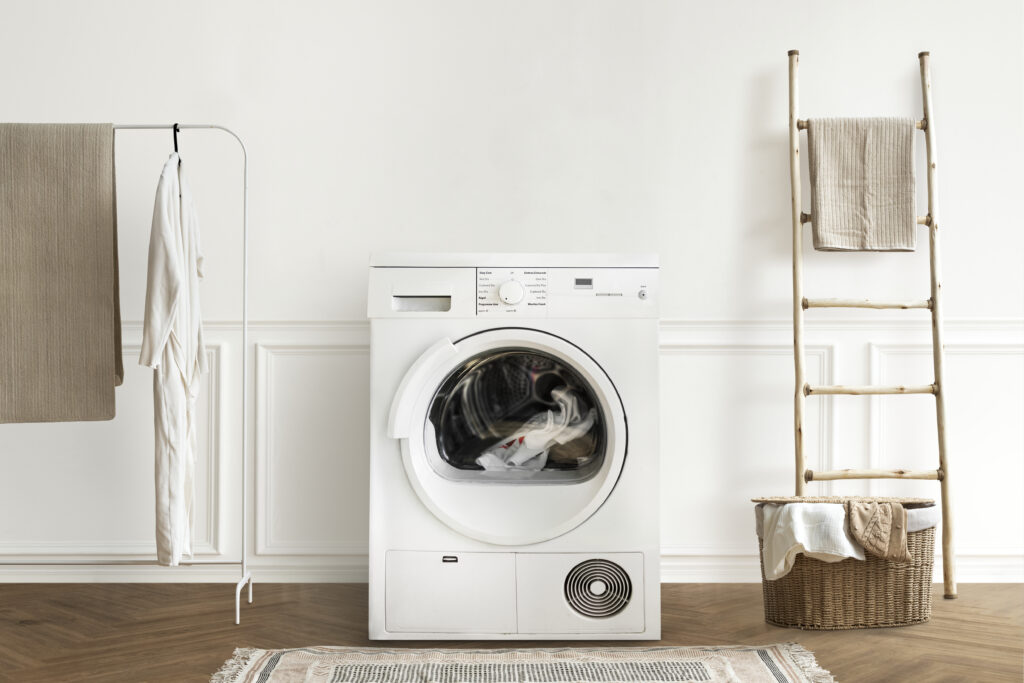
The Fundamentals: What Is the Function of a Washing Machine?
To put it simply, a washing machine is made to:
Pour water into it.
Use detergent to agitate clothing to get rid of dirt.
Empty the contaminated water.
Use fresh water to rinse the clothing.
To get rid of extra water, spin dry the clothing.
Through a variety of wash programs and sensors, the majority of contemporary machines—front-load or top-load—automate these processes.
Key Elements of a Washing Machine
Let’s examine the essential components of a washing machine before we get started:
You put your clothes in the drum (inner tub). While being washed and dried, it spins.
Outer Tub: Prevents leaks and retains water during cycles.
The central post that moves clothes around for cleaning is called an agitator (only for top-loaders).
Front-loading paddles and lifters use the ridges on the inside of the drum to lift and tumble clothing.
Water Inlet Valve: Regulates the machine’s water intake.
After every cycle, the drain pump removes the used water.
You can choose the wash programs, temperature, and speed using the control panel.
Motor: Powers the movement of the drum.
Certain models have a heating element that warms the water for particular washing cycles.
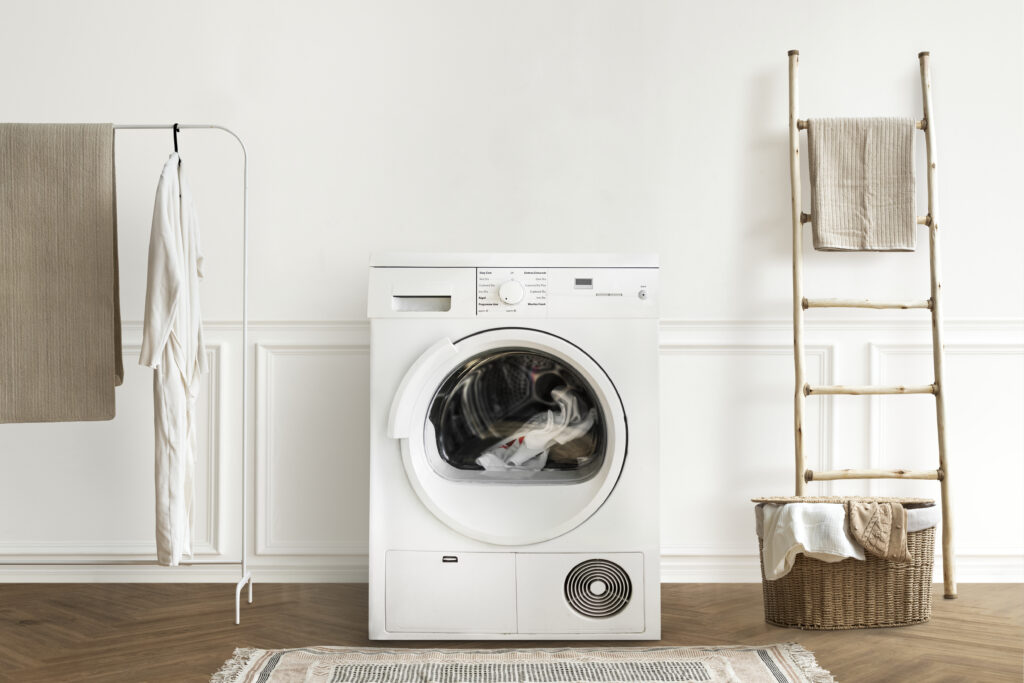
How a Washing Machine Operates: A Comprehensive Guide
Let’s now examine the steps involved in a normal laundry cycle:
1️⃣ Adding Water
After choosing a wash program and clicking “Start,”
Depending on the settings selected, the water inlet valve opens to let hot, cold, or mixed water into the drum.
In order to save water and energy, certain washers use sensors to determine the weight of the laundry and modify the water level accordingly.
Fun Fact: Compared to conventional top-loaders, high-efficiency (HE) front-load washers use 40% to 50% less water.
2.Applying Detergent
The detergent dispenser drawer of the majority of contemporary washers is separated into sections for bleach, fabric softener, and detergent.
Certain smart washers automatically dispense detergent according to the type of fabric and load size.
3️⃣ Cleaning and Agitation
This is the important stage where clothing is cleaned:
Top-load washers: The agitator, also known as the impeller plate, rotates clothing in a circular motion, rubbing textiles against one another and dislodging debris.
Front-load washers use a tumbling motion, where the drum repeatedly lifts and drops clothes into water and detergent while rotating on a horizontal axis. This is very effective and kinder to textiles.
More sophisticated models could have:
Bubble Wash/EcoBubbleTM (Samsung)
TurboWashTM (LG)
These produce bubbles of foamy detergent that clean well in cold water and penetrate fabrics more quickly.
4️⃣ Cleaning
After the wash cycle is finished:
When the drain pump is turned on, soapy, filthy water is removed.
To remove any remaining detergent, fresh water is poured into the drum once more.
Depending on the program, this rinse procedure might be repeated once or twice.
For quicker, water-saving rinses, some high-efficiency machines use spray rinse systems.
5️⃣ Spinning
Following a rinse:
To remove water from the clothing, the drum rotates at high speeds (up to 1300 RPM).
Your clothes will come out drier if the RPM is higher.
Drying times are shortened by front-loading washers’ typically faster spin cycles compared to top-loading washers.
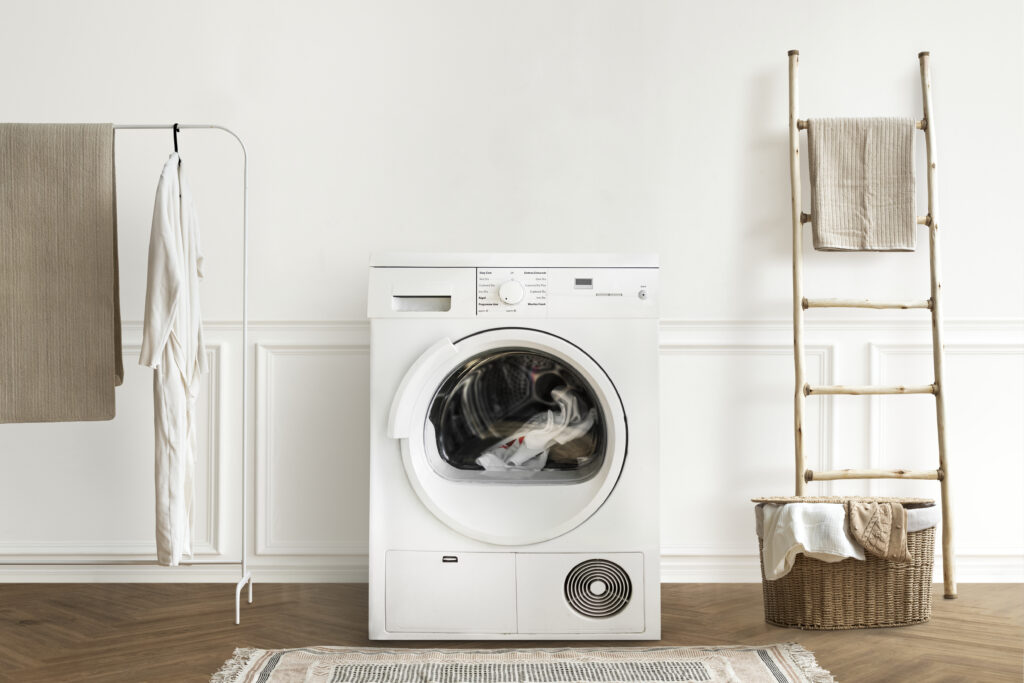
6️⃣ Final Water Drainage
The final step is to use the drain hose that is attached to your home’s plumbing system to remove any leftover water.
To avoid clogs, some models additionally have a self-cleaning drain pump.
Different Washing Machine Types and Their Differences
Washing machines with top loads
Clothes are cleaned by an agitator or impeller plate.
reduced washing times.
simpler to load and unload.
Use more energy and water than front-loaders.
Washing machines that load from the front
The tumble cleaning method is kinder to textiles.
more economical with energy and water.
can save space by stacking with a dryer.
Better at deep cleaning and usually quieter.
Washing machines with smart technologies in 2025
High-tech features that improve their operation are now standard on modern washers:
WiFi Control & Smart Apps: Use apps like LG ThinQ or Samsung SmartThings to remotely start, monitor, and stop your computer.
AI-Powered Wash Cycles: For the best cleaning, these cycles automatically identify the type of fabric and load size.
Steam Cleaning: This method uses steam to clean and revitalize clothing while eliminating allergens.
Automatic detergent dispensers: Give out the right amount of detergent for every load.
With their precise drum movements and quiet operation, energy-efficient motors (inverter technology) minimize wear and tear.
Tips for Maintenance to Ensure Smooth Operation
To maintain the effectiveness of your washing machine:
Regularly clean the detergent dispenser and door gasket.
To avoid mildew, leave the door open after using it.
In high-efficiency washers, use HE detergents.
Every month, run a tub cleaning cycle.
Inspect filters and hoses for wear or obstructions.
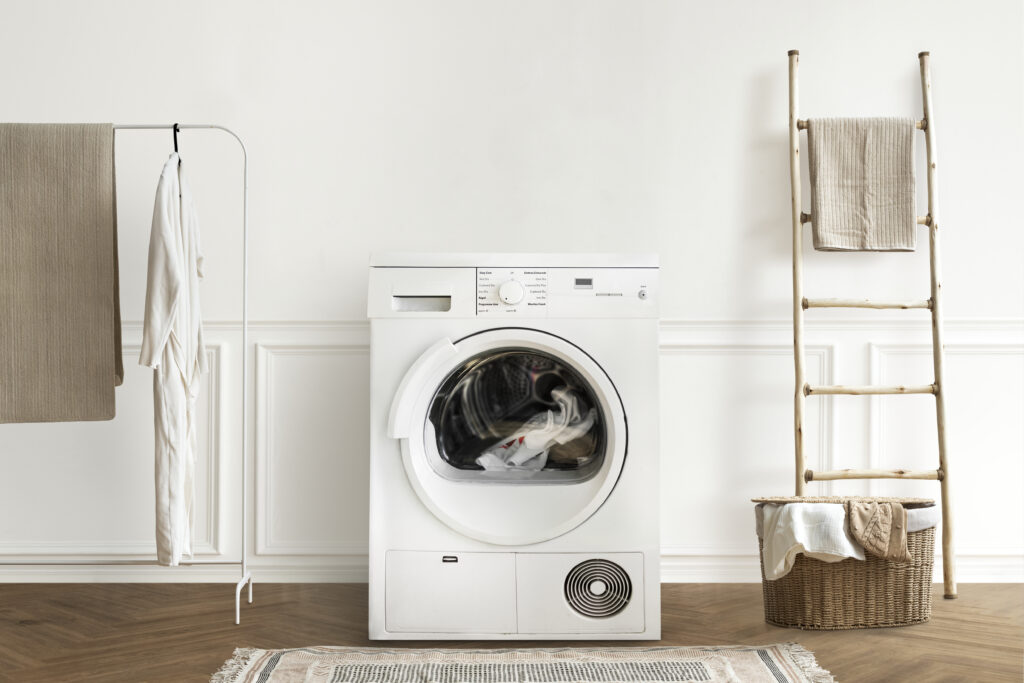
Concluding remarks
It’s simpler to select the ideal model, fix small problems, and keep your washing machine in good working order if you know how it operates.
Modern washers are loaded with technology to make laundry less of a chore, whether you prefer a top-load model for speed and ease of use or a front-load model for efficiency and fabric care.
Additionally, as smart home integration develops in 2025, the US market should see even more eco-friendly, connected, and user-friendly washers.
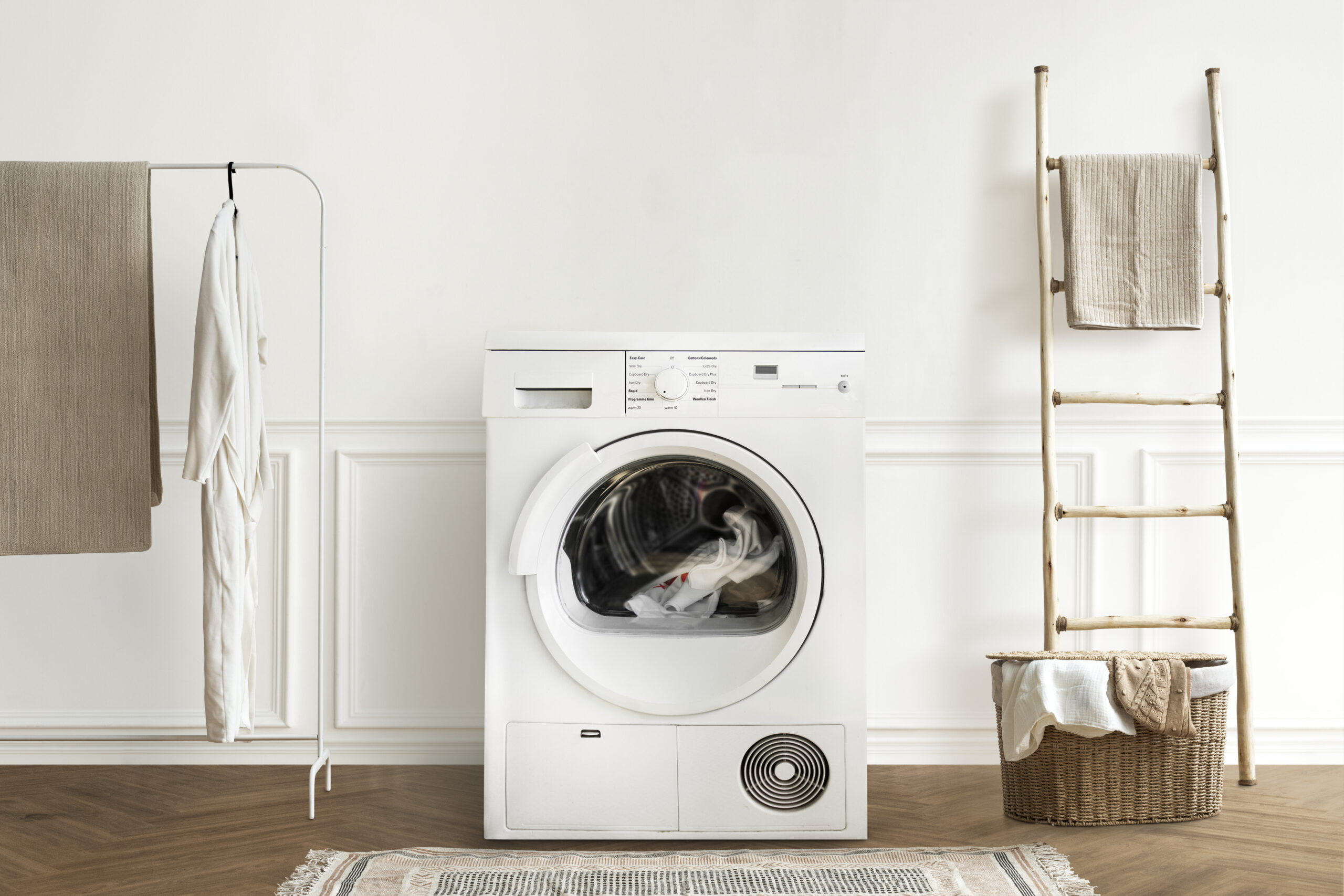
Leave a Reply